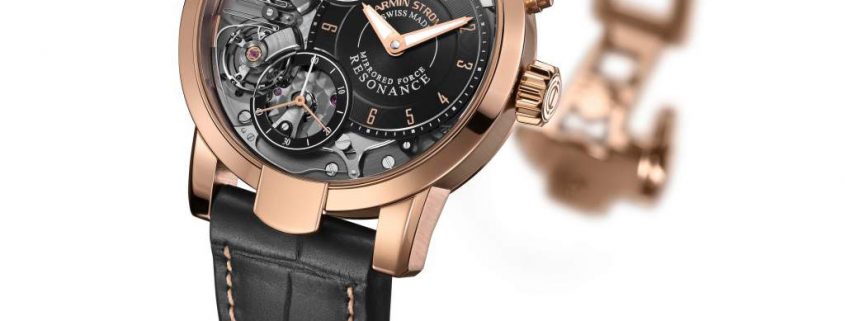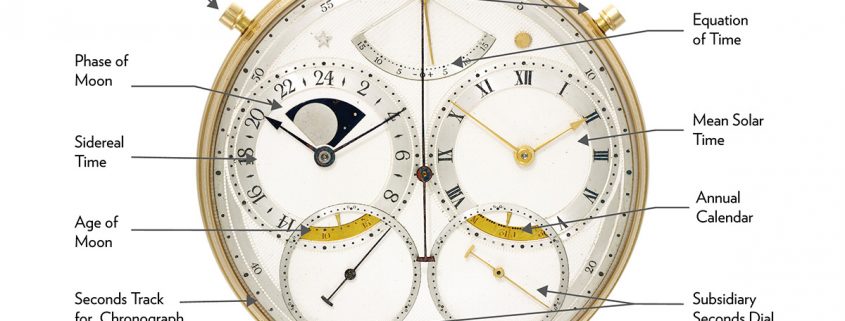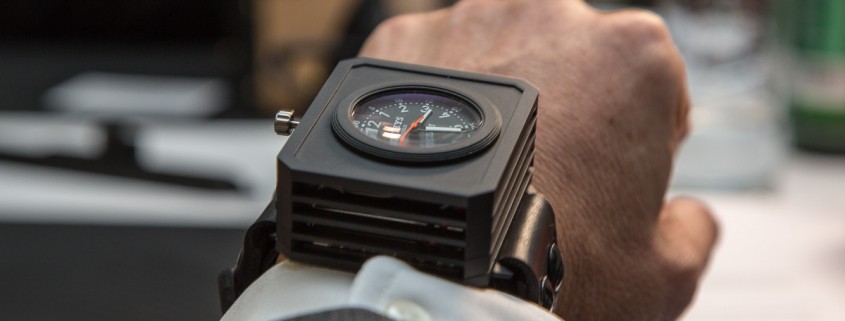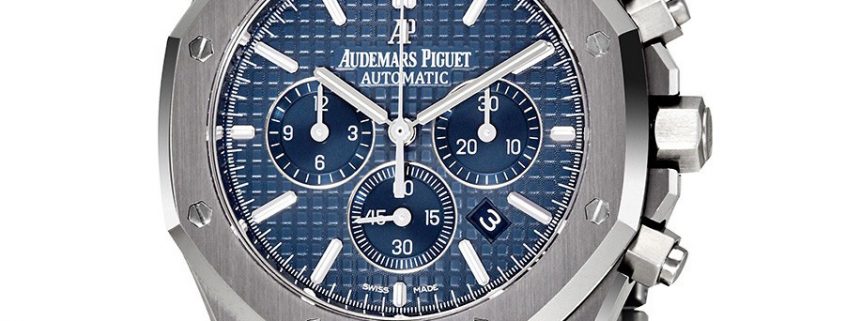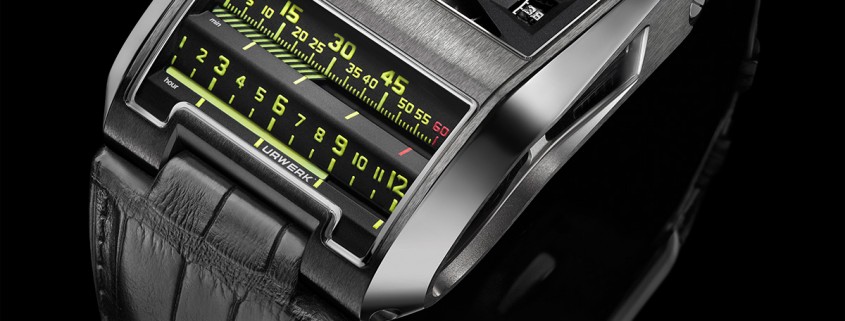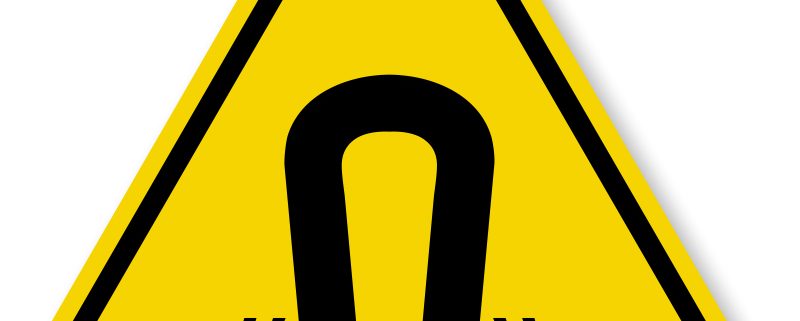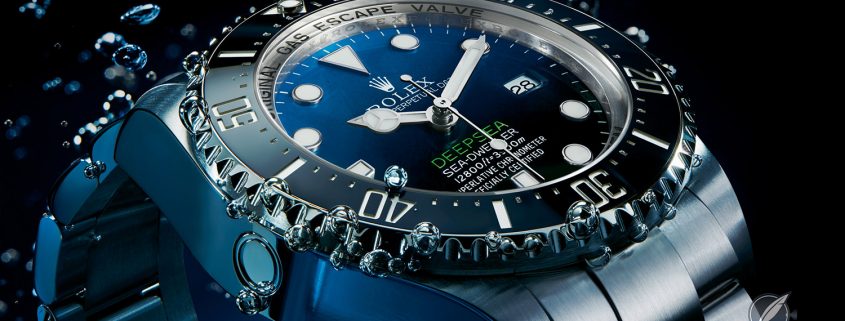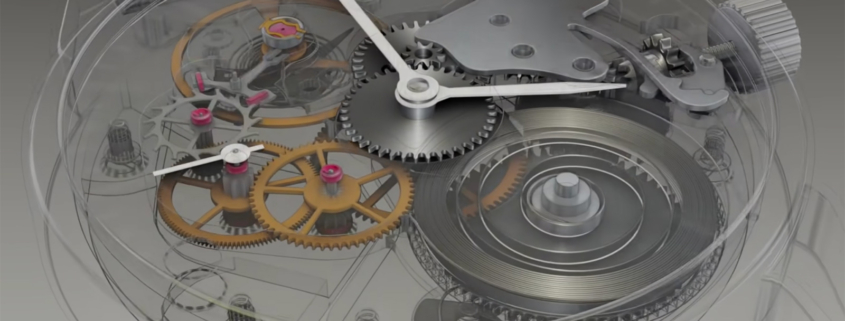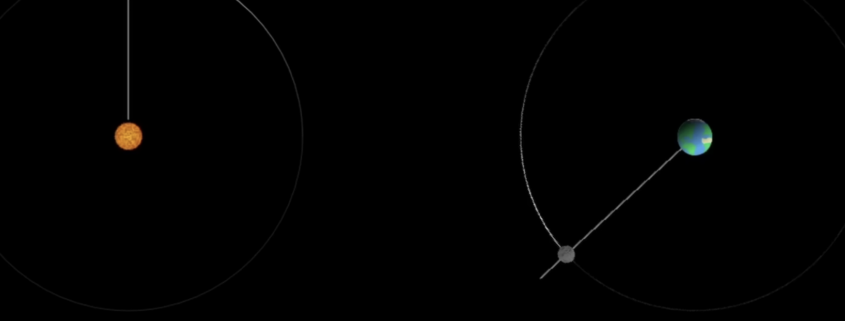A Watchmaker’s Technical Look at the Armin Strom Mirrored Force Resonance Fire: A Dual-Balance Watch with a Difference – Reprise
The Armin Strom Mirrored Force Resonance Fire has captivated everybody with the mesmerizing appearance of its twin balances and the unusual, long, sinuous, grey spring gently oscillating along the middle of the watch. ‘The Horological Journal’ editor and watchmaker Justin Koullapis asks the question, “Does it live up to the hyperbole?”

